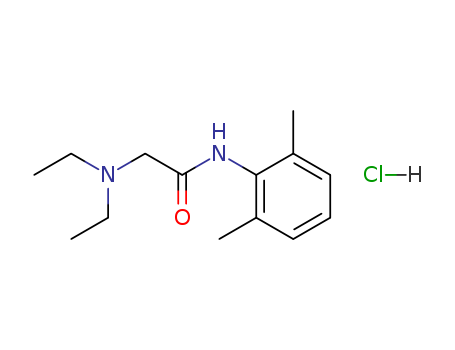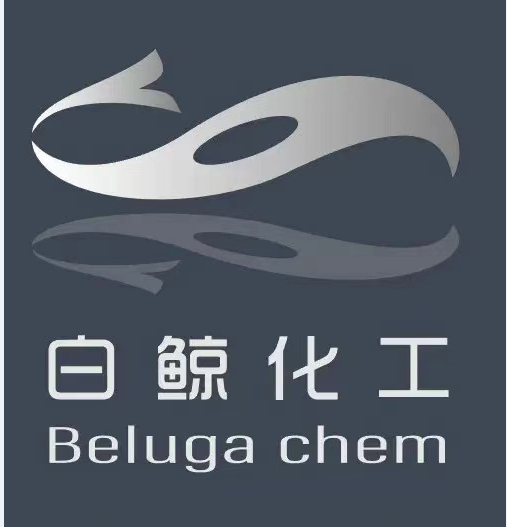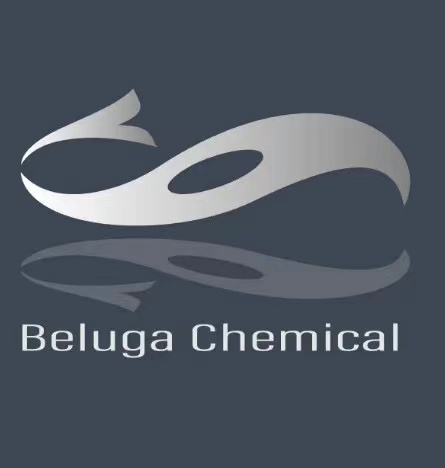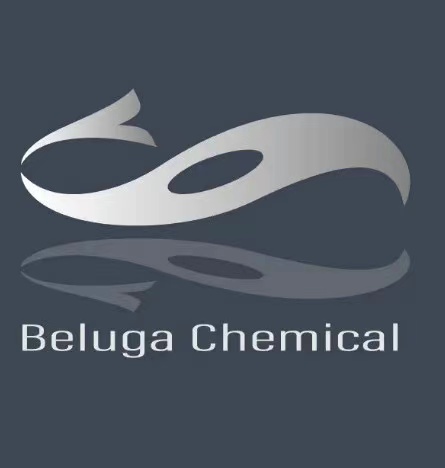
Lidocaine hydrochloride
- CasNo:73-78-9
- Molecular Formula:C14H22N2O.HCl
- Purity:
- Molecular Weight:
Product Details
|
73-78-9 Name |
|
|
Name |
Lidocaine hydrochloride |
|
Synonym |
LIGNOCAINE HYDROCHLORIDE;LIDOCAINE HYDROCHLORIDE;LIDOCAINE HCL;Lidocaine hydrochloride CP2000,BP98;a-(diethylamino)-26-acetoxylidideHCl;a-(diethylamino)-26-acetoxylididehydrochloride;Acetamide, 2-(diethylamino)-N-(2,6-dimethylphenyl)-, monohydrochloride 2-(diethylamino)-n-(2,6-dimethylphenyl)-acetamid monohydrochloride alpha-diethylamino-2,6-acetoxylidine hydrochloride anestacon hydrochloride duncaine hydrochloride;2-(Diethylamino)-N-(2,6-dimethylphenyl)-acetamide hydrochloride |
|
73-78-9 Biological Activity |
|
|
Description |
Lidocaine Hcl salt, an amide local anesthetic, has anti-inflammatory properties in vitro and in vivo, possibly due to an attenuation of pro-inflammatory cytokines, intracellular adhesion molecule-1 (ICAM-1), and reduction of neutrophils influx.Target: Lidocaine is a common local anesthetic and antiarrhythmic drug. Lidocaine is used topically to relieve itching, burning and pain from skin inflammations, injected as a dental anesthetic or as a local anesthetic for minor surgery. Lidocaine, the first amino amide–type local anesthetic, was first synthesized under the name xylocaine by Swedish chemist Nils Lofgren in 1943. His colleague Bengt Lundqvist performed the first injection anesthesia experiments on himself.Lidocaine is approximately 95% metabolized (dealkylated) in the liver by CYP3A4 to the pharmacologically-active metabolites monoethylglycinexylidide (MEGX) and then subsequently to the inactive glycine xylidide. MEGX has a longer half life than lidocaine but also is a less potent sodium channel blocker. The elimination half-life of lidocaine is approximately 90–120 minutes in most patients. This may be prolonged in patients with hepatic impairment (average 343 minutes) or congestive heart failure (average 136 minutes). |
|
Related Catalog |
Signaling Pathways >> Membrane Transporter/Ion Channel >> Sodium Channel Research Areas >> Inflammation/Immunology |
|
References |
[1]. VAN DER Wal S, et al. Lidocaine increases the anti-inflammatory cytokine IL-10 following mechanical ventilation in healthy mice. Acta Anaesthesiol Scand. 2014 Oct 14. [2]. Acevedo-Arcique CM, et al. Lidocaine, dexmedetomidine and their combination reduce isoflurane minimum alveolar concentration in dogs. PLoS One. 2014 Sep 18;9(9):e106620. |
|
73-78-9 Chemical & Physical Properties |
|
|
Melting point |
80-82°C |
|
Boiling point |
350.8ºC at 760 mmHg |
|
Molecular Formula |
C14H23ClN2O |
|
Molecular Weight |
270.798 |
|
Flash Point |
166ºC |
|
PSA |
32.34000 |
|
LogP |
3.45870 |
|
Storage condition |
Refrigerator |
|
Exact Mass |
270.149902 |
|
73-78-9 Description |
|
Lidocaine hydrochloride was synthesized by Löfgren and Lundquist in 1943, and was clinically introduced in 1948. It remains one of the most widely used local anaesthetics. It can be administered parenterally for a peripheral nerve block (PNB), intravenously, or applied topically at strengths of 2–4%. The addition of epinephrine 1:200 000 to 1:100 000 slows the vascular absorption of lidocaine and prolongs its effects. |
|
73-78-9 Uses |
|








